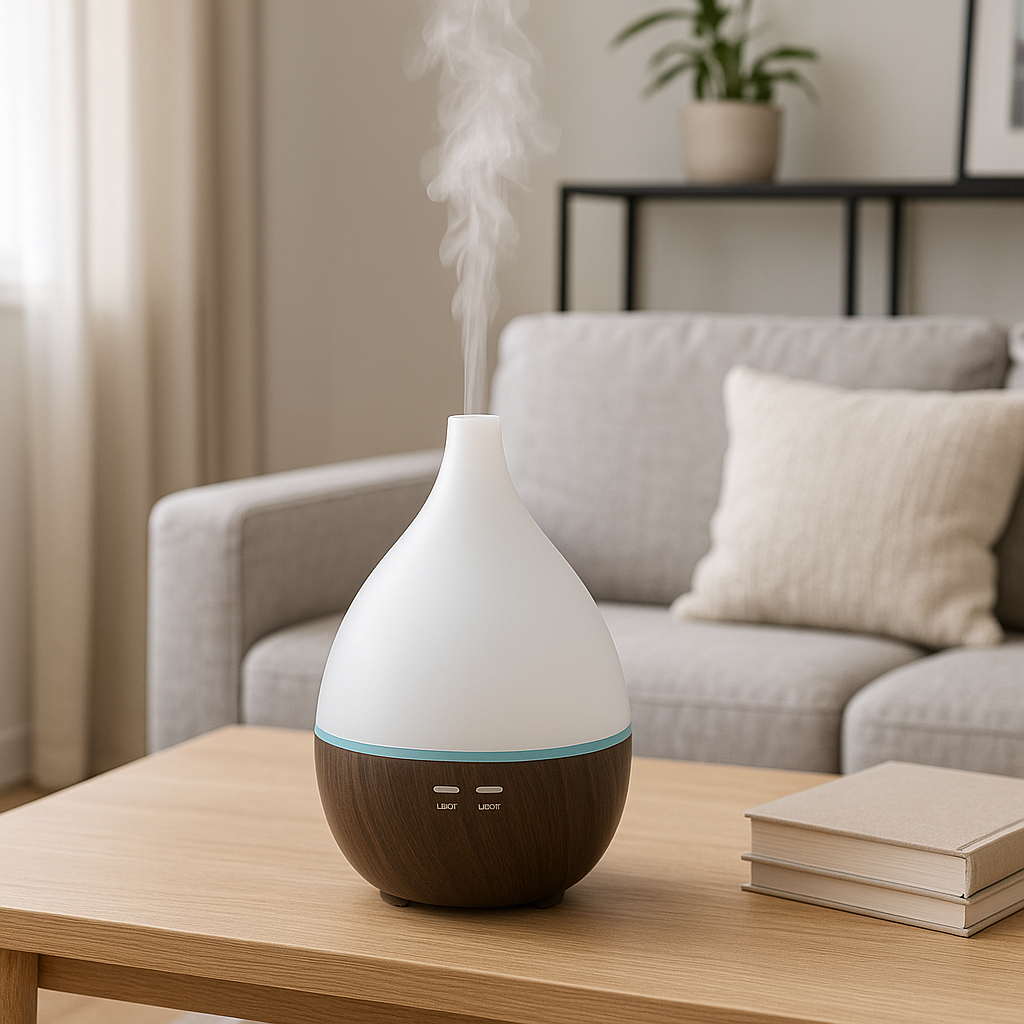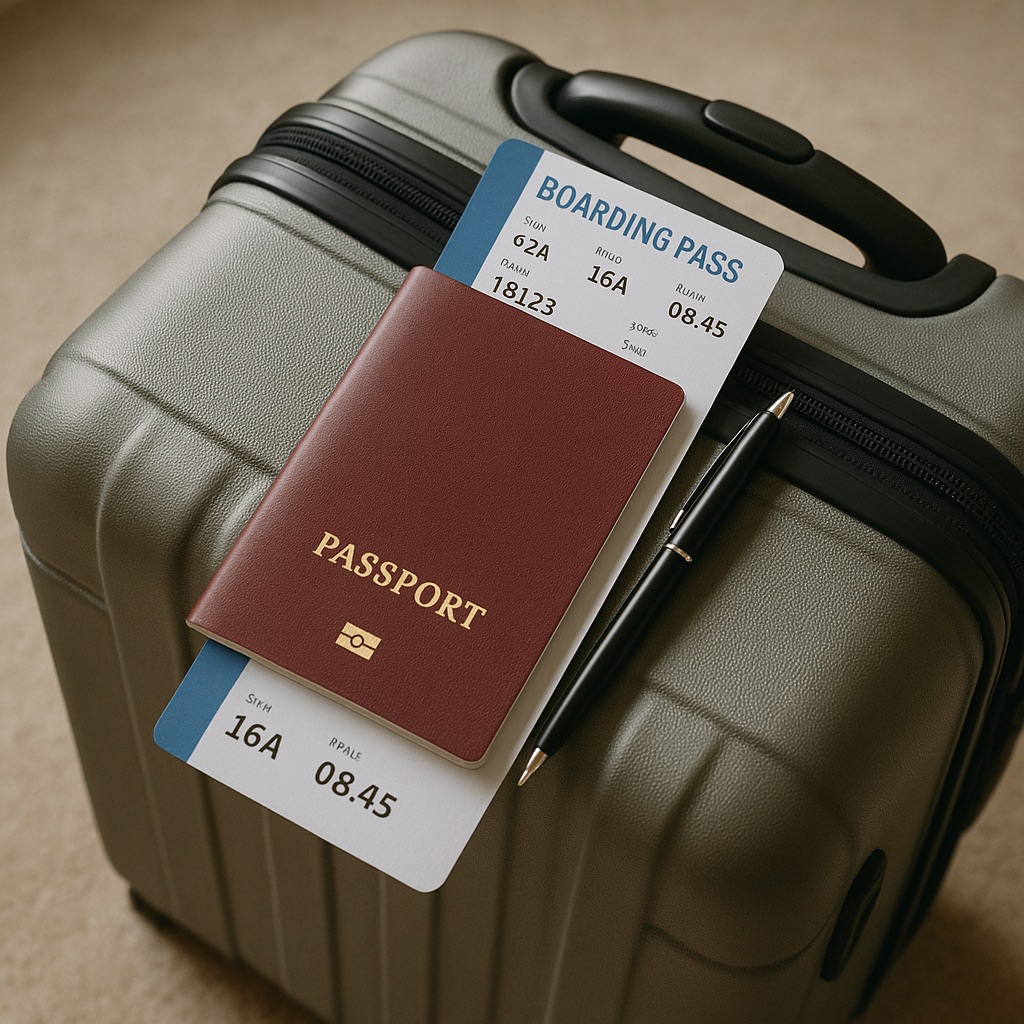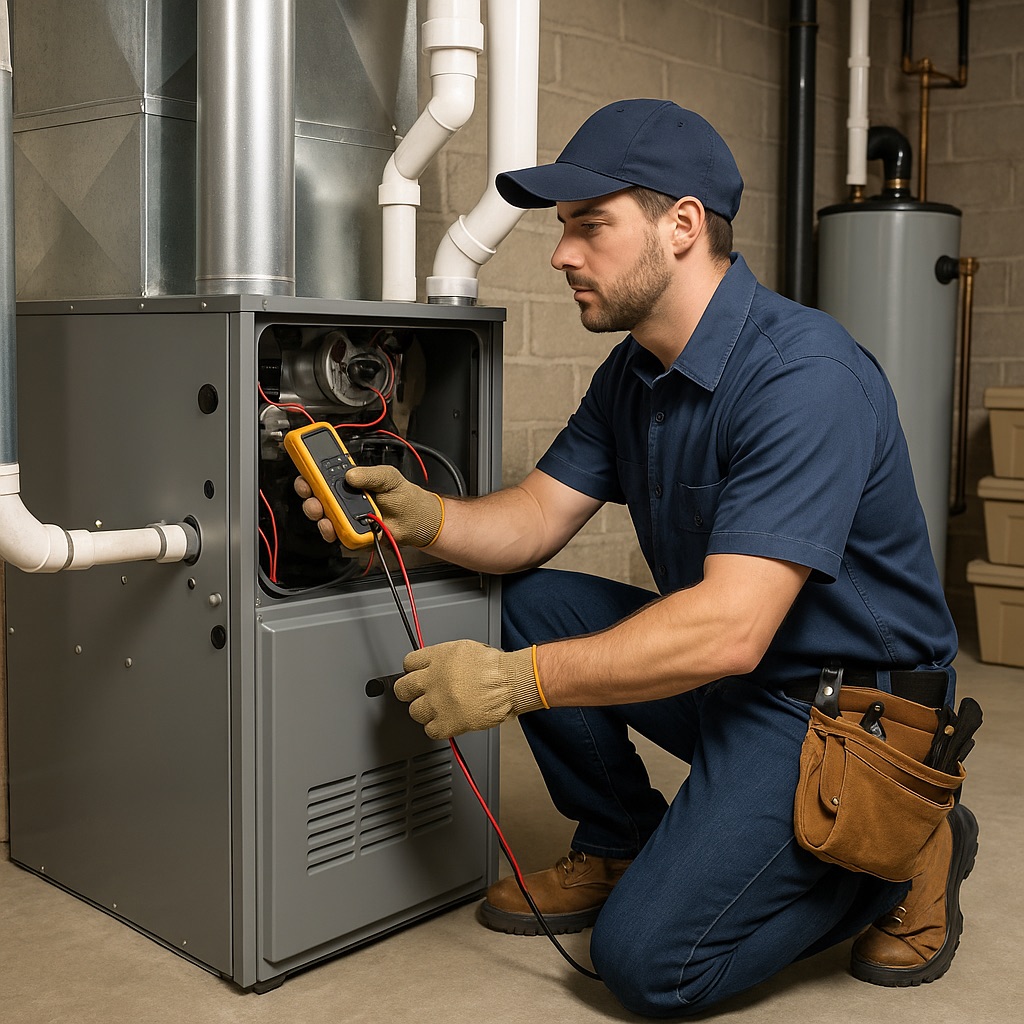Last updated on
Integrated Pest Management (IPM) is a comprehensive and sustainable approach to home pest control that focuses on prevention, monitoring, and control of pests through a combination of techniques. Unlike traditional pest control methods that rely heavily on chemical pesticides, IPM incorporates a range of strategies that minimize environmental impact while effectively managing pests.
Table of Contents
Understanding the Principles
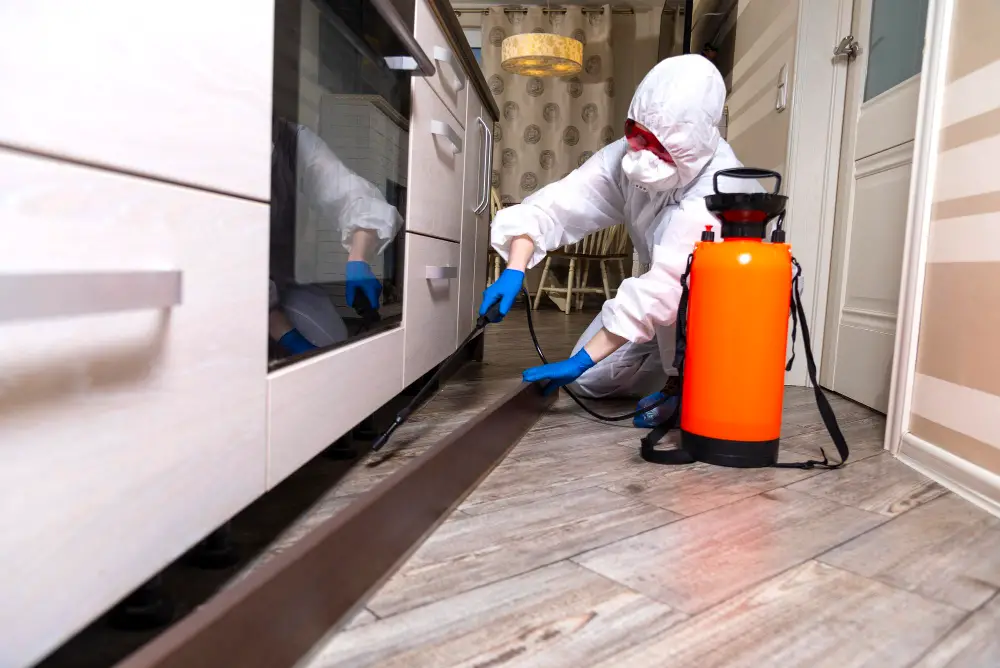
Central to the concept of Integrated Pest Management lies the realization that a universal solution is inadequate. IPM assesses the distinct requirements and susceptibilities of each household by considering aspects such as location, weather conditions, and prevalent pest types in that region. By customizing approaches based on a property’s particular situation, IPM aims to tackle the underlying issues of pest infestations instead of merely addressing the visible consequences.
Preventive Measures and Habitat Modification
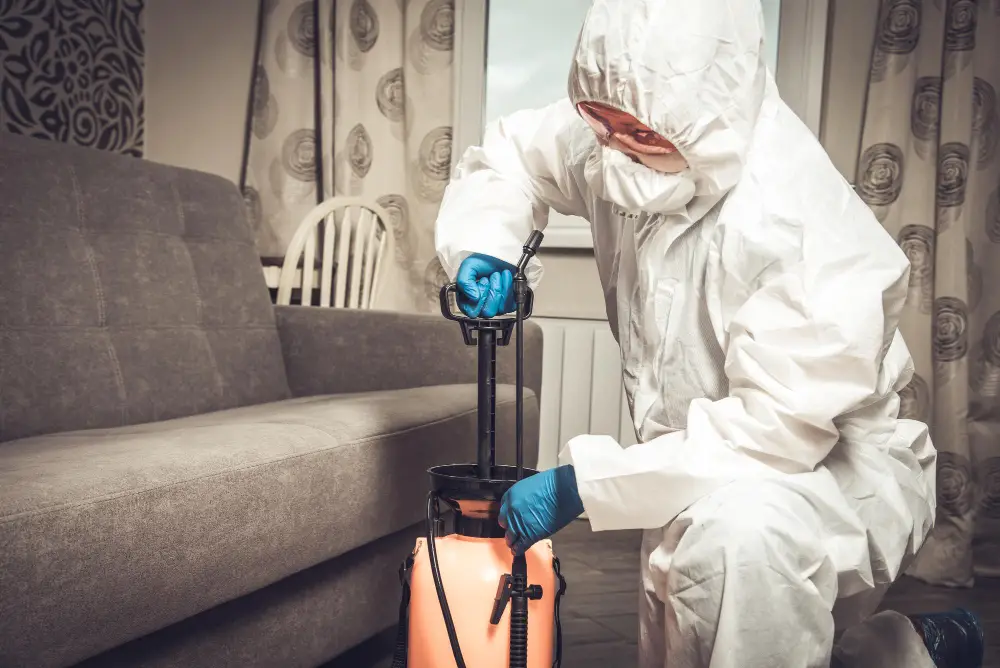
One key principle of IPM is to focus on preventing pest infestations before they occur. This involves identifying and addressing potential entry points, eliminating food and water sources, and modifying the habitat to make it less conducive to pests. By implementing preventive measures, homeowners can create an environment that is less attractive to pests, reducing the likelihood of infestations.
Biological Control
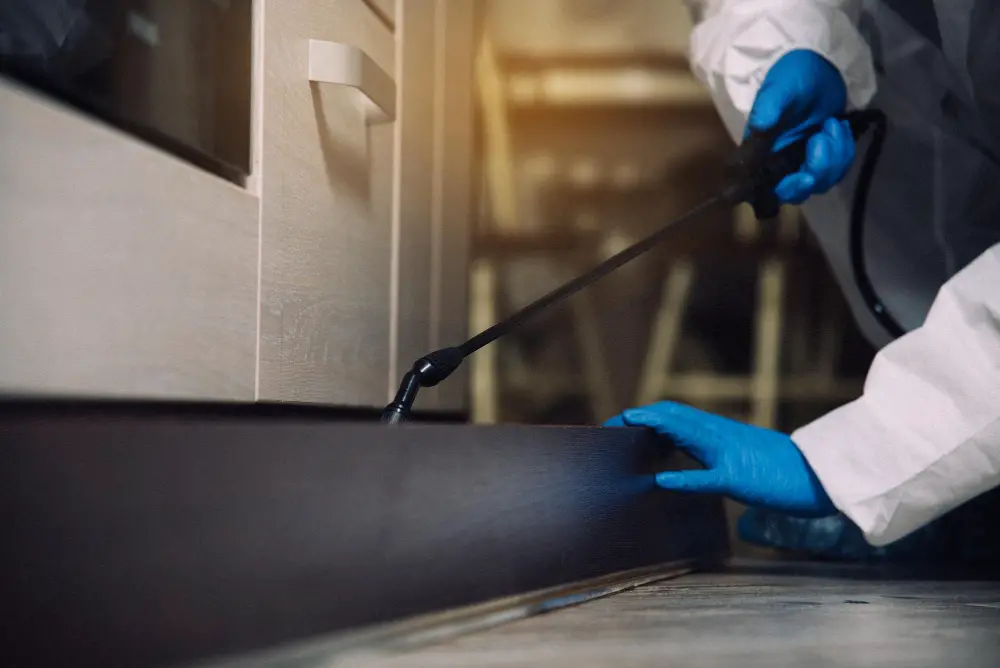
IPM embraces biological control methods, leveraging natural predators and parasites to manage pest populations. Introducing beneficial insects or organisms that prey on specific pests can help maintain a balanced ecosystem without resorting to chemical interventions. This approach minimizes the impact on non-target organisms and promotes a more sustainable and eco-friendly pest control solution.
Chemical Control as a Last Resort
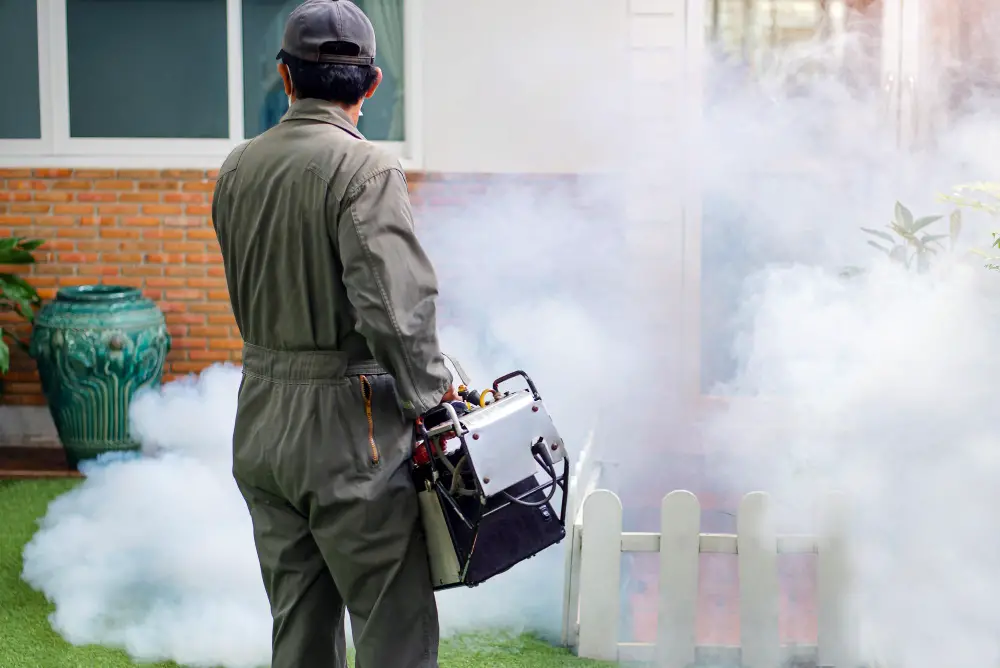
While chemicals are a part of the IPM toolkit, they are considered a last resort. If necessary, targeted and judicious use of pesticides is employed based on a thorough understanding of the pest’s life cycle and behavior. This approach reduces the overall dependence on chemical solutions, mitigating the risk of pesticide resistance and environmental contamination.
Regular Monitoring and Inspection
An essential aspect of IPM is the regular monitoring and inspection of the property. Homeowners and pest control professionals alike must actively observe and assess the pest situation. Early detection allows for prompt and targeted action, preventing minor issues from escalating into full-blown infestations. Monitoring also helps to track the effectiveness of implemented control measures.
Cultural Control and Sustainable Practices
Cultural control methods involve adopting sustainable practices that discourage pests. This includes proper waste management, maintaining cleanliness, and choosing pest-resistant plant varieties in landscaping. By creating an environment that is less favorable to pests, cultural control contributes to the long-term success of IPM strategies.
Education and Awareness for Homeowners
A crucial aspect of successful IPM implementation is educating homeowners about the principles and practices involved. Awareness campaigns can help homeowners recognize the early signs of pest issues, understand preventive measures, and make informed decisions about the most appropriate pest control strategies for their homes. Educated homeowners become partners in the IPM process, contributing to the overall effectiveness of the approach.
Community Engagement and Collaboration
IPM extends beyond individual homes to encompass community-wide efforts. Collaborative initiatives, such as neighborhood awareness programs or shared resources for sustainable landscaping practices, can enhance the impact of IPM. By fostering a sense of collective responsibility, communities can create environments that are less conducive to pests, benefiting all residents in the long run.
Adaptability to Changing Conditions
IPM is inherently adaptable to changing environmental conditions and pest pressures. As climate patterns shift and new pest threats emerge, the flexibility of the IPM approach allows for the adjustment of strategies to effectively address evolving challenges. This adaptability ensures that homeowners can maintain pest control efficacy in the face of dynamic and unpredictable circumstances.
Integrated Pest Management represents a paradigm shift in home pest control, emphasizing holistic and sustainable practices. By combining preventive measures, biological controls, and targeted chemical interventions, IPM provides a comprehensive framework for managing pests while minimizing environmental impact. Homeowners who embrace IPM not only protect their homes from pests but also contribute to the broader goal of creating healthier and more sustainable communities.
